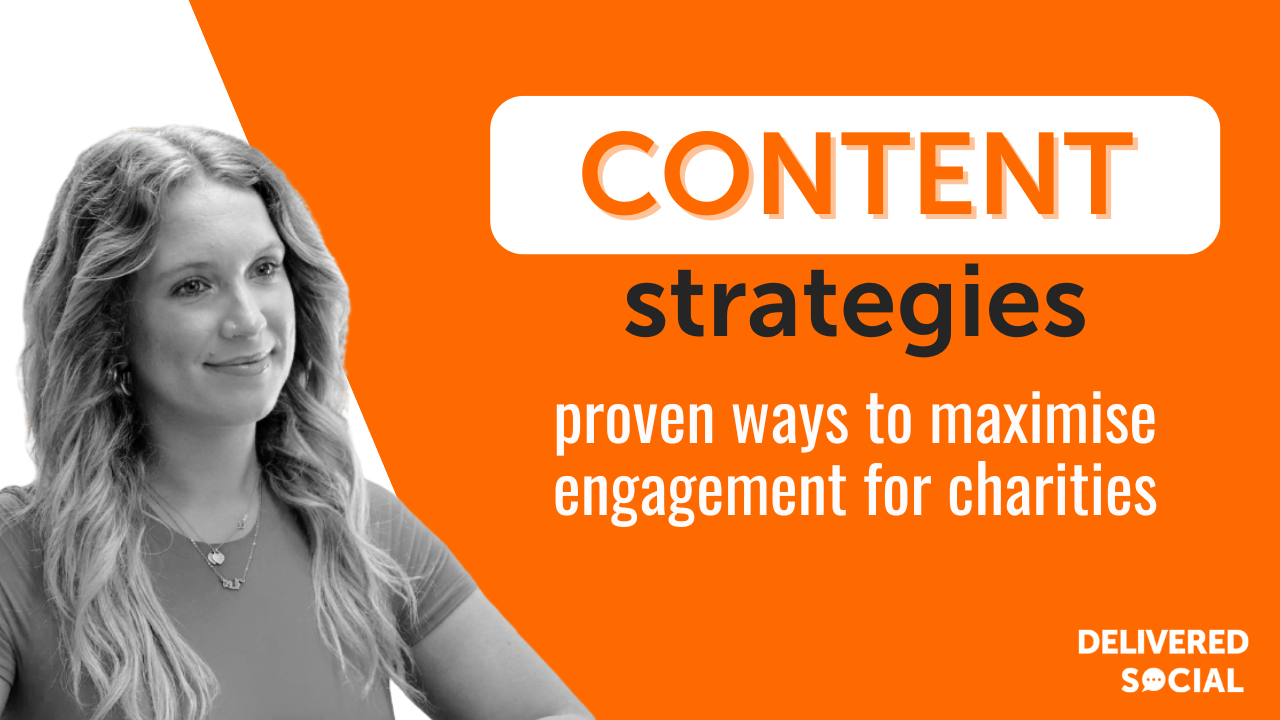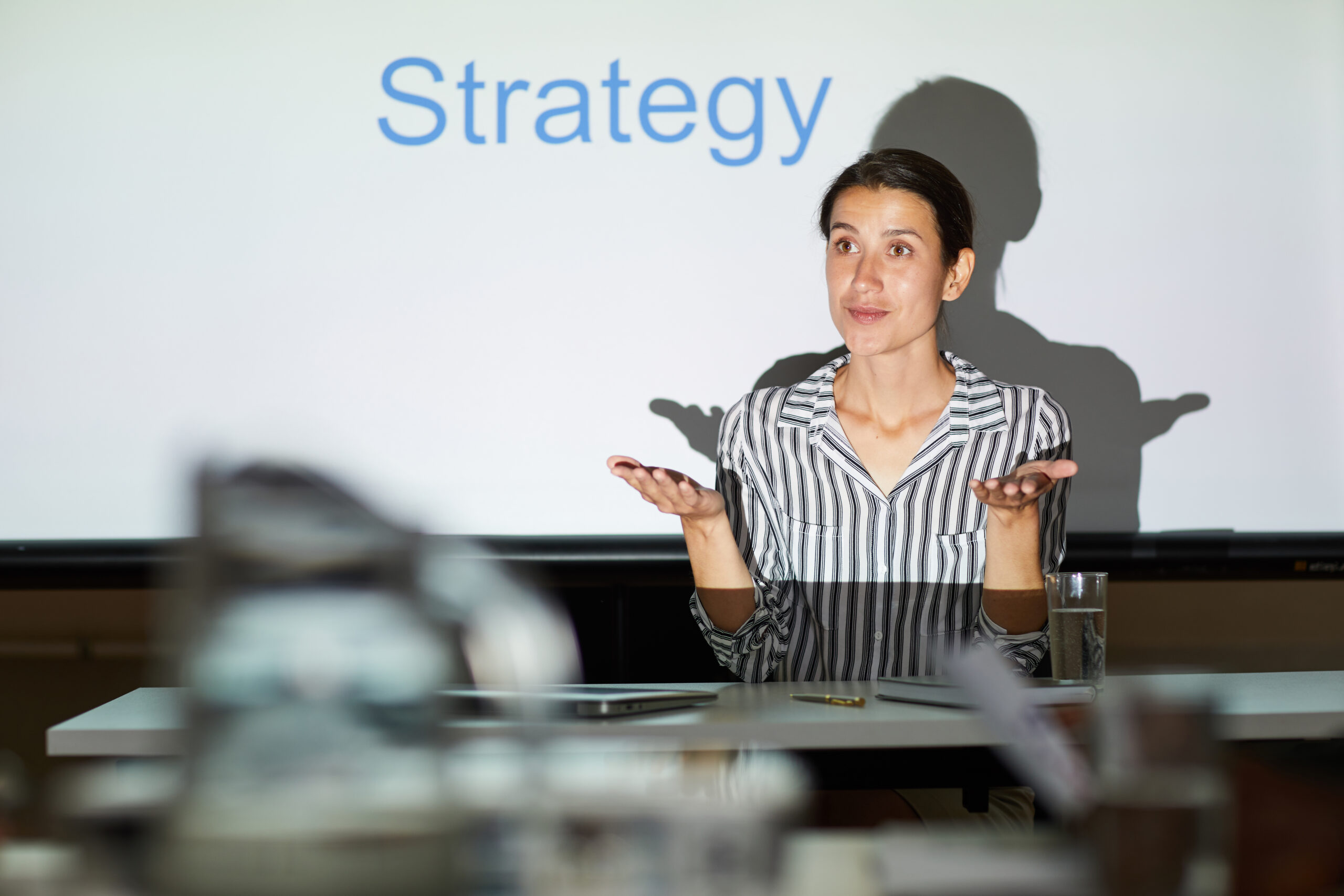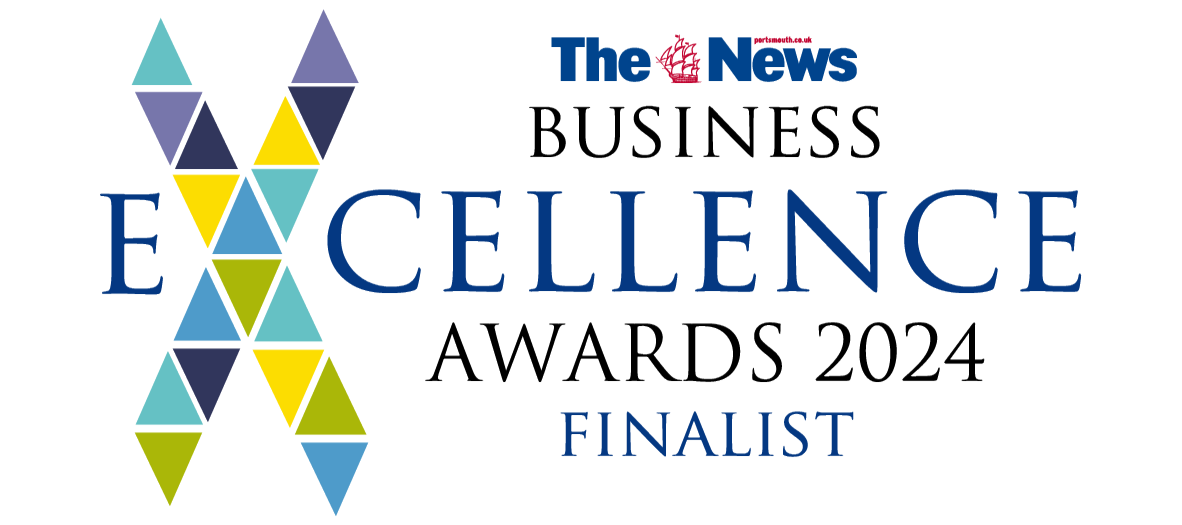
Building trust and growing long-term support takes more than just sharing updates. Charities need a clear plan to connect with their audience, keep them interested, and encourage action. A strong content strategy for charities helps deliver the right message at the right time—whether it’s a story that shows impact or a call-to-action that drives donations. This article breaks down practical steps any charity can take to improve engagement across emails, social media, and websites. With real tactics and clear examples, you’ll learn how to create content that supports your mission, builds relationships, and encourages ongoing involvement from your supporters.
Define Your Mission-Centric Messaging
Start by stating your charity’s mission in simple and direct terms. Make it clear what your organisation does, who it helps, and why the cause matters. Avoid broad statements. Focus on specific actions and goals that make your purpose easy to understand.
Once the mission is defined, ensure every message supports that core idea. This includes website copy, social media posts, emails, videos, brochures, and more. A strong content strategy for charities begins with alignment between values and communication. When messaging reflects purpose across all channels, supporters find it easier to trust and connect.
Use stories of real people or communities impacted by your charity’s efforts. These examples give meaning to your mission without needing flowery language. Keep the tone honest and respectful while showing how donations or volunteer time create change.
Consistency is key across platforms. Use similar phrases when describing programs or services so audiences don’t get confused about what you do. This doesn’t mean repeating the same sentence over again—it means reinforcing a single message using varied but related expressions.
Avoid content that strays from your main focus just to chase trends or popular topics online. If a topic doesn’t support your core mission or help explain it better, leave it out.
Make sure team members know how to speak about the charity in a unified way too—from fundraisers to social media managers—so public messages stay steady no matter who delivers them.
Clear messaging builds recognition over time. As supporters see familiar themes in different formats—emails one week, an event post the next—they begin to remember what you stand for without needing constant reminders.
This approach keeps outreach focused while helping people feel connected through purpose-driven communication rather than promotional tactics alone.

Know Your Audience Inside Out
A strong content strategy for charities begins with understanding who you’re speaking to. Without knowing your supporters, it’s hard to share messages that matter to them. Start by collecting data from past campaigns, donation records, email open rates, and social media activity. This information helps identify patterns in behavior, interests, and response times.
Use surveys and direct feedback to dig deeper into what drives your audience. Ask why they give, how often they want updates, and which topics they care about most. Gather responses through email follow-ups or short polls on social platforms. These tools offer clear insights into the preferences of different supporter groups.
Segmenting your audience is key. Not every donor engages in the same way. Some prefer newsletters with impact stories; others may respond better to quick updates or event invites via text or social apps. Divide your list based on giving history, age group, location, or communication style.
Once segments are defined, tailor messages for each one. For example, long-term donors may value detailed reports on how their funds help specific projects. New supporters might need simple explanations of goals and next steps after joining a campaign.
Avoid using one general message for all contacts. Instead of sending the same post across every platform, adjust tone and format depending on where it’s shared and who will see it there.
Tracking engagement over time shows what works best for each segment. Use those results to shape future messages so they stay useful and timely.
When building a content strategy for charities, matching content with audience needs creates stronger connections and more consistent interaction from supporters across every channel used by the organisation.
Leverage Storytelling to Inspire Action
Telling real stories helps people understand why your cause matters. When you share the experiences of those helped by your charity, you show the impact in a clear and honest way. Supporters want to see how their donations make a difference. Real examples help them feel connected and involved.
Start by collecting direct accounts from individuals or groups who have benefited from your programs. Use their own words when possible. Keep the message simple and focused on what changed for them because of your support. This approach builds trust with readers.
Use video, audio, or written formats depending on what fits best with your communication tools. A short clip of someone explaining how they received help can be more effective than statistics alone. Make sure each story includes a clear beginning, middle, and end—what life was like before, what support they received, and where they stand now.
Avoid general statements like “we help communities.” Instead, say “we provided 500 meals last month to families like Maria’s.” Specific details make it easier for supporters to connect emotionally without needing dramatic language.
Add these stories across different platforms—on your website, through email updates, or across social media channels. Include one strong story per campaign instead of many weaker ones. Focus on quality over quantity so that each narrative has enough space to resonate.
A strong content strategy for charities uses storytelling as a core tool—not just for awareness but also for action. When people relate to others’ situations through real examples, they’re more likely to donate or share the message with others.
Supporters want more than facts; they seek meaning behind their contributions. Give them that through honest stories that reflect real outcomes driven by their involvement with your organisation’s mission.
Optimise the Content Strategy for Charities Across Channels
A strong strategy for charities must include more than one platform. People use different tools to connect, learn, and act. Some check social media daily. Others prefer reading emails or watching short videos. To reach more supporters, you must share messages across all these places.
Start by choosing channels based on where your audience spends time. Use social networks like Facebook and Instagram to post updates and event notices. Share quick stories or impact summaries with clear calls to action. On Twitter, keep posts short and link back to full blog articles or donation pages.
Email campaigns help build direct contact with your base. Send regular updates that highlight progress, upcoming events, or volunteer needs. Keep subject lines simple so people open them right away. Include links that lead back to your site or donation form.
Blog content provides space for deeper stories and insights into your mission’s impact. Use it to explain how donations help specific programs or show results from recent efforts. Post new blogs often so visitors return for fresh information.
Videos can increase attention on platforms like YouTube or TikTok. Short clips showing real-life results of support can drive more shares and comments than text alone. Add subtitles so viewers can follow even without sound.
Every channel should match the same message but fit the format of each tool used—no copy-pasting between platforms without changes in tone and length.
Track what works by reviewing click rates, comments, shares, and sign-ups per channel each month. Adjust where needed based on this data instead of guessing what performs best.
This approach helps ensure no message goes unseen because it only appeared in one place at one time. A multi-channel plan builds stronger awareness through repeated contact across trusted sources used by supporters every day.

Utilise User-Generated Content for Credibility
Supporters who interact with a charity often have direct stories to share. These stories, when shared through photos, short videos, or written posts, can help build trust with others. People tend to believe real experiences more than official statements. When a donor or volunteer talks about their role in your cause, it adds weight to your message.
As part of a strong content strategy for charities, using supporter-created content can lead to better results. Start by asking volunteers and donors if they would like to share how they got involved. Offer simple ways for them to send in their stories — through email, social media tags, or forms on your website. Make the process easy so more people take part.
Once you receive this material, choose pieces that show different parts of your mission. A photo from a local event or a short video describing why someone donates monthly can reach new viewers and create stronger bonds with current followers. Always ask for permission before sharing and give credit when posting.
You can also run campaigns where supporters use specific hashtags when posting about their experience with your organisation. This helps collect posts in one place and shows ongoing activity around your cause.
Using these personal accounts not only boosts trust but also gives potential supporters a reason to get involved themselves. They see that others like them already support the cause and feel more confident doing the same.
Regularly update your platforms with new submissions so content stays fresh and relevant. This keeps engagement steady over time without needing constant promotion from staff alone.
Adding user-submitted materials into updates makes communications feel real and grounded in actual involvement rather than marketing-driven efforts alone.
Measure Performance & Refine Regularly
Tracking how your content performs is essential to improving supporter engagement. Start by looking at basic numbers like page views, email open rates, and click-throughs. These figures show how people respond to your messages. If one post gains more clicks than others, study its format and timing. Use that information to shape future posts.
Engagement metrics such as comments, shares, and time spent on a page reveal how much interest your content creates. Compare results across channels like social media, email newsletters, or blogs. This helps you see which platforms give better outcomes for different types of messages.
Conversions matter too. A conversion could be someone signing up for a newsletter, making a donation, or registering for an event. Tracking these actions shows whether your audience is taking the steps you want them to take after seeing your content.
Use tools like Google Analytics or built-in platform insights to gather this data regularly. Set clear goals before launching any campaign so you can measure success against them later. Keep records organised so you can spot trends over time.
Once you’ve collected enough data, review it with your team monthly or quarterly. Look at what worked and what didn’t perform well. Adjust headlines, posting times, formats, and calls-to-action based on real results rather than guesses.
An effective content strategy for charities depends on regular updates driven by actual performance data. Each change should have a reason tied back to analytics—whether it’s simplifying language in emails that had low open rates or changing visuals in posts with low interaction.
Refining efforts based on evidence ensures each piece of content has a better chance of reaching more people and prompting action from supporters who care about the cause.
Driving Deeper Impact Through Strategic Content
To truly connect with supporters and drive meaningful engagement, charities must approach content creation with purpose and precision. By defining mission-centric messaging, understanding audience needs, and leveraging storytelling, organisations can create emotionally resonant narratives that inspire action. A strong content strategy for charities also means optimising across multiple channels, incorporating authentic user-generated content, and continuously measuring performance to refine efforts. When executed effectively, these tactics not only amplify reach but also deepen trust and loyalty—ultimately empowering nonprofits to achieve greater impact through every piece of content they share.
Interested In Working Together?
Introducing Delivered Social. We’re The Most-Rated Digital Agency In Surrey & Hampshire – We’ve Got To Be Doing Something Right.
Delivered Social is a digital marketing agency with one mission—to help businesses grow. We’re famous in Guildford and Portsmouth for our social clinics. We believe in free advice. We build lasting relationships because our team prides itself on being helpful, which our clients appreciate.
If you are looking for a new website or an agency to manage your social media presence, we can help.
If you need something slightly different, here's a super handy list of all our services, or you can always email us.



















